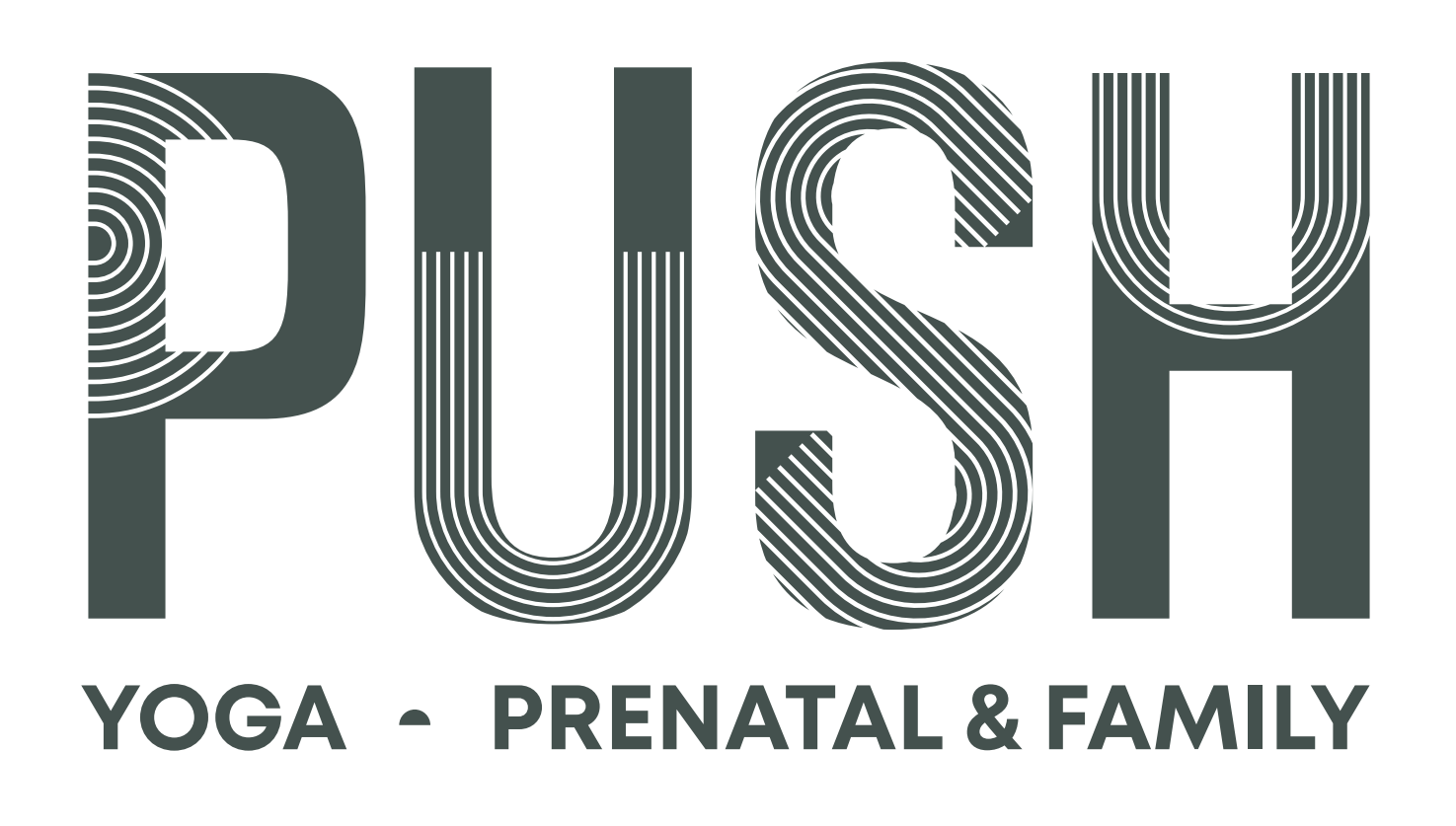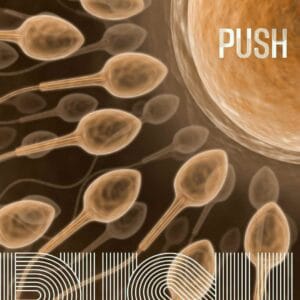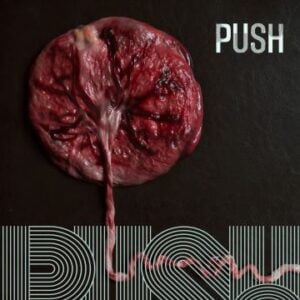Childbirth is a momentous occasion filled with anticipation and excitement. However, for many expectant mothers, the fear of tearing during childbirth can overshadow the joy of welcoming their newborn. In this blog post, we’ll explore the common concerns surrounding perineal tearing, provide insights into its causes and prevention, and offer empowering strategies for prenatal clients to navigate this aspect of childbirth with confidence.
Understanding the Fear of Tearing
The fear of tearing during childbirth is a prevalent concern among expectant mothers, often fueled by stories from friends, family, or the media. Tearing, particularly in the perineal area, can evoke feelings of vulnerability, pain, and loss of control, leading to anxiety and apprehension about labor and delivery. This fear can contribute to what is known as the “pain fear tension cycle,” where the anticipation of pain triggers tension in the body, leading to increased discomfort during labor. As tension mounts, the perception of pain intensifies, perpetuating a cycle of fear and discomfort. Breaking this cycle requires addressing the underlying fears and anxieties surrounding childbirth, including concerns about tearing, and cultivating a sense of trust in the body’s ability to birth. By acknowledging and addressing these fears, expectant mothers can work towards a more positive and empowered childbirth experience.
Causes and Prevention of Perineal Tearing
Perineal tearing occurs when the tissue between the vaginal opening and the anus stretches beyond its capacity during childbirth. Factors that may increase the risk of tearing include the size of the baby, the speed of delivery, the position during childbirth, and whether interventions such as forceps or vacuum extraction are used.
However, there are steps expectant mothers can take to reduce the risk of tearing and alleviate their fears:
- Perineal Massage: Regular perineal massage in the weeks leading up to childbirth can increase the flexibility and elasticity of the perineal tissues, potentially reducing the risk of tearing during delivery.
- Pelvic Floor Exercises: Working with a pelvic physio to relax or strengthen the pelvic floor muscles through exercises such as Kegels or Reverse Kegels can improve muscle tone and support the perineum during childbirth.
- Labor Positions: Certain positions, such as squatting or kneeling, may help optimize pelvic alignment and reduce pressure on the perineum during labor.
- Communication with Healthcare Providers: Open communication with healthcare providers about concerns regarding tearing and preferences for labor and delivery can help ensure that expectant mothers feel supported and empowered throughout the childbirth process.
Empowering Prenatal Clients
It’s essential for prenatal clients to recognize that while the fear of tearing during childbirth is valid, it is also manageable. By arming themselves with knowledge, cultivating a positive mindset along with stretching in Prenatal Yoga, expectant mothers can approach childbirth with confidence and resilience. Additionally, seeking support from childbirth educators, doulas, or pelvic physiotherapists can provide invaluable guidance and reassurance throughout the prenatal journey.
The fear of tearing during childbirth is a common concern among expectant mothers, but it doesn’t have to overshadow the joy and anticipation of welcoming a new life into the world. By understanding the factors contributing to perineal tearing, exploring preventive measures, and adopting empowering strategies, prenatal clients can navigate this aspect of childbirth with confidence and resilience. Remember, childbirth is a transformative experience, and with the right support and mindset, expectant mothers can embrace the journey with courage and strength.



